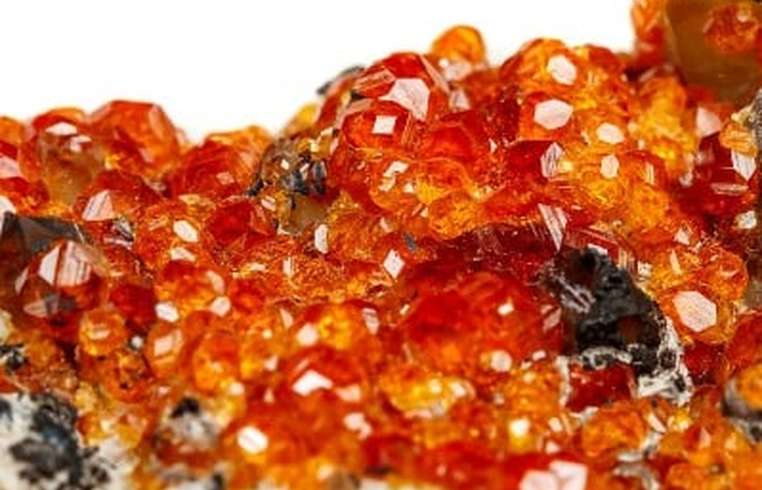
News - Electrons are able to collect in crystal structures, study finds
Business Strategy
Electrons are able to collect in crystal structures, study finds

Scientists at Princeton University have proven the accuracy of a theory by Eugene Wigner, winner of the Nobel Prize in Physics, who had predicted 90 years ago the possibility of the existence of a special type of matter in which there are no atoms at all. It consists of electrons trapped by their own mutual repulsion. The finding was published in the journal Nature. In a 1934 paper, Wigner had hypothesized that at extremely low temperatures, the repulsive interaction between electrons would cause their potential energy to stand up and break down the crystal lattice. These crystals should behave not according to classical physics, but according to quantum mechanics, where the bound electrons will act not as individual particles, but as individual waves. The concept was called the Wigner crystal, and until recently such a material was considered only hypothetically possible. The aforesaid Princeton team managed to insert an electron Wigner crystal into graphene purified by magnetic fields. This required the material to be cooled to a temperature just above absolute zero. At a certain density level, physicists were able to reach a state where the electrons actually formed a crystal lattice. The forces of mutual repulsion did not allow them to fly away from each other. Scientists have also been able to image a quantum crystal using a tunneling microscope, which enables studying materials at the atomic level.






